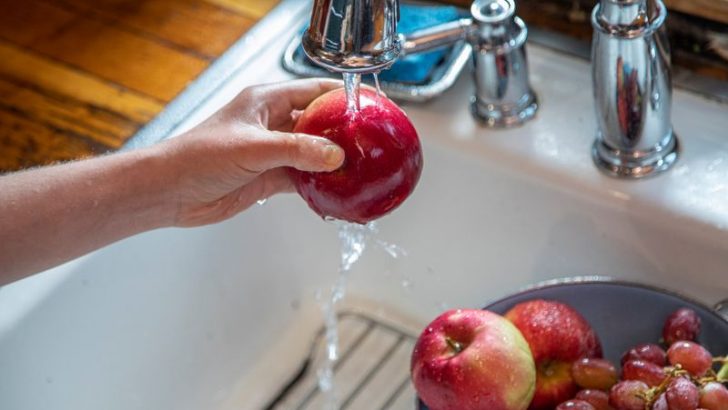Fruits are a vital part of a healthy diet, but they often come coated with pesticides that can be harmful if ingested. Proper washing can help reduce pesticide residues. Here are seven effective ways to wash your favorite fruits and ensure they are safe to consume.
1. Baking Soda Bath
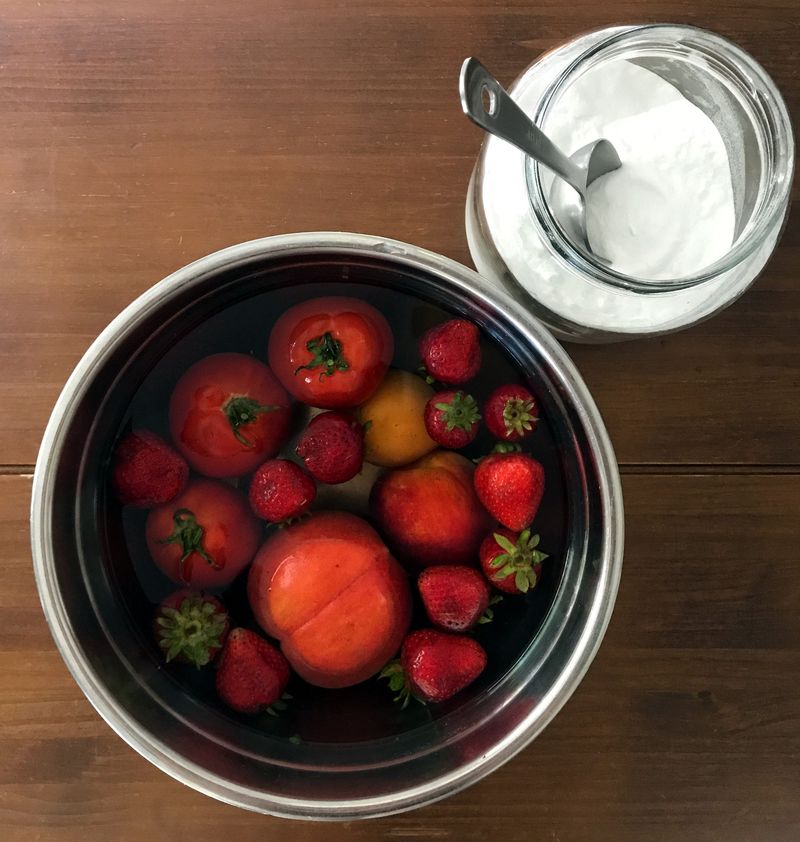
A baking soda bath is an effective way to remove pesticide residue from fruits. This method involves dissolving a few tablespoons of baking soda in a bowl of water. Submerge the fruit in this mixture for about 15 minutes.
Stir occasionally to ensure all surfaces are covered. Rinse thoroughly with clean water to wash away any remaining baking soda. This method is particularly good for firm fruits like apples and grapes.
Fun fact: Baking soda’s alkaline nature helps break down the acidic pesticides, making them easier to remove from the fruit’s surface.
2. Vinegar Rinse
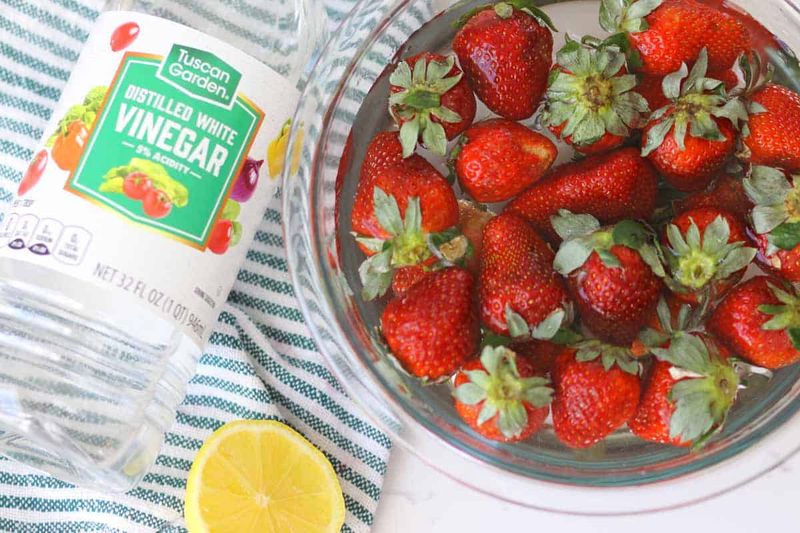
Vinegar is a natural way to clean fruits. Mix one part vinegar with three parts water in a bowl, and then immerse the fruit. Let it soak for 10-15 minutes.
The acetic acid in vinegar helps dissolve pesticide residues effectively. After soaking, rinse your fruit with fresh water to remove any vinegar taste. This method works well with berries, as it helps maintain their freshness.
Quirky fact: Vinegar has been used as a cleaning agent since ancient times, known for its disinfecting properties.
3. Lemon Juice Spray
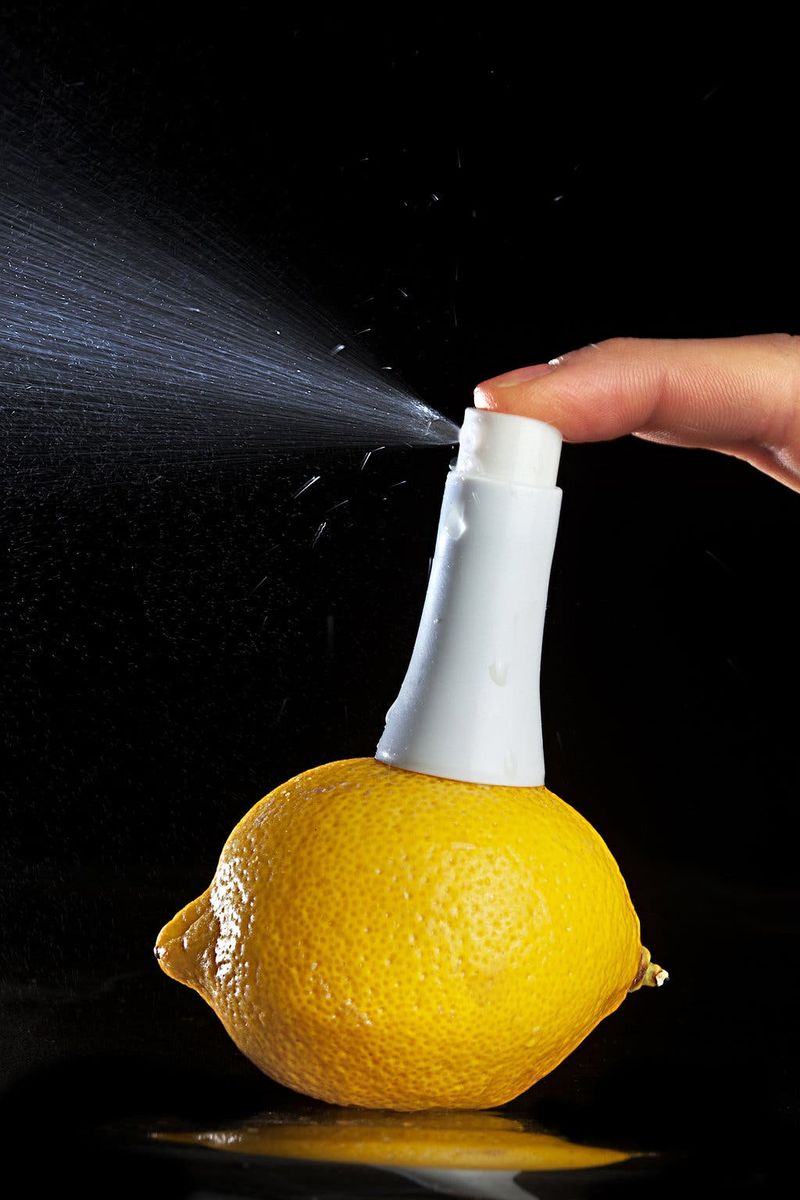
Lemon juice isn’t just for flavoring—it’s also great for cleaning. Fill a spray bottle with equal parts lemon juice and water. Mist the fruit thoroughly and let it sit for a few minutes.
The citric acid in lemon breaks down pesticide residues, and its natural scent leaves fruits smelling fresh. Afterward, rinse the fruits under running water.
This approach is convenient for fruits with smooth skins, like tomatoes or bell peppers. Did you know? Lemon’s disinfectant properties have been appreciated for centuries.
4. Salt Water Soak
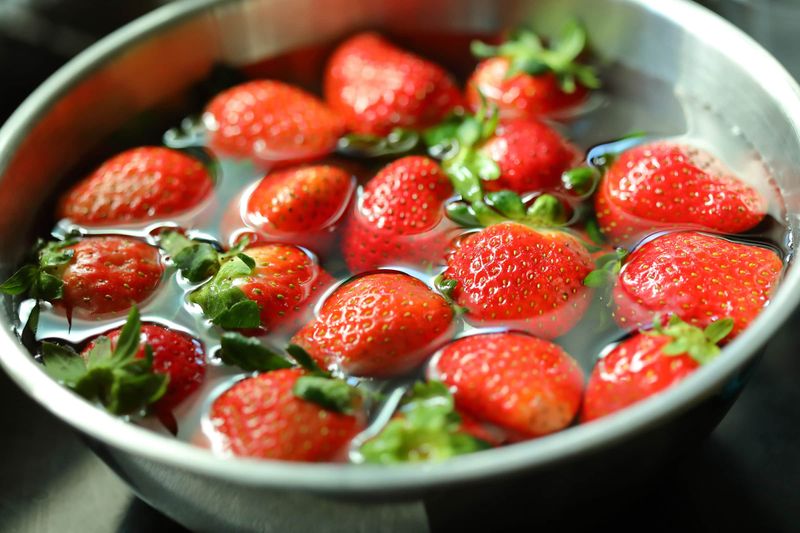
Salt water is a simple yet effective method for pesticide removal. Dissolve salt in warm water to create a brine solution. Submerge the fruit for about 10 minutes.
Salt acts as a natural abrasive agent, helping to scrub away residues. After soaking, rinse the fruits thoroughly to ensure no salty taste remains.
This method is particularly useful for thicker-skinned fruits like citrus or melons. Fun tidbit: Salt has been used for cleaning purposes since ancient Egyptian times.
5. Commercial Produce Wash
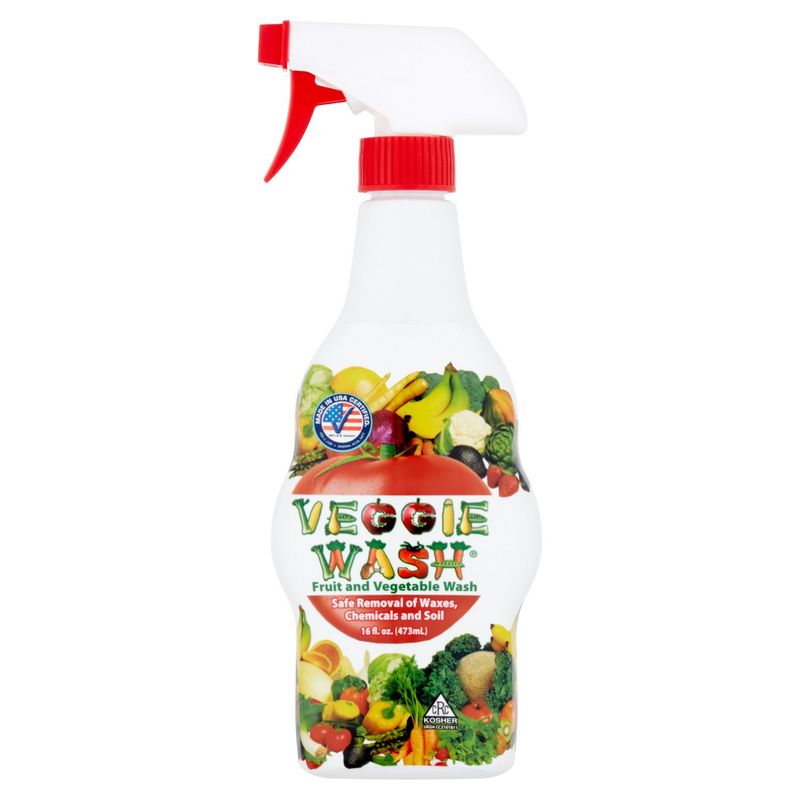
Commercial produce washes are specially formulated to remove waxes and pesticides from fruits. Simply follow the instructions on the product label, usually involving soaking or spraying the fruit.
These washes often contain safe, natural ingredients that are effective at cleaning. Rinse the fruit thoroughly post-application. A benefit of using commercial products is their convenience and ease of use.
Did you know? Some produce washes are designed to target specific types of pesticide residues, enhancing their effectiveness.
6. Hydrogen Peroxide Rinse

Hydrogen peroxide is a versatile cleaner used to eliminate pesticides. Dilute hydrogen peroxide with water in a 1:1 ratio. Submerge the fruits for about 5 minutes, then rinse thoroughly.
Its oxidizing properties break down chemical residues, ensuring a safer fruit consumption. This method is suitable for durable fruits like apples and pears.
Safety note: Ensure the hydrogen peroxide solution is food-grade. Tip: Hydrogen peroxide’s bubbling action gives an indication of its cleaning process.
7. Running Water Scrub

Often overlooked, the simplest way to clean fruit is by scrubbing it under running water. Use a brush or your hands to gently remove dirt and pesticides.
Friction is key here, as it helps lift residues from the surface. This method is ideal for fruits with firm skins like apples or carrots.
Interesting fact: Studies suggest that running water alone can remove up to 80% of certain pesticide residues. It’s a quick and effective way to ensure your fruit is cleaner.

